search
date/time
 | North East Post Weekend Edition |

Andrew Palmer
Group Editor
12:00 AM 25th October 2025
travel
A Journey Through Playtime: The Enchanting Nuremberg Toy Museum
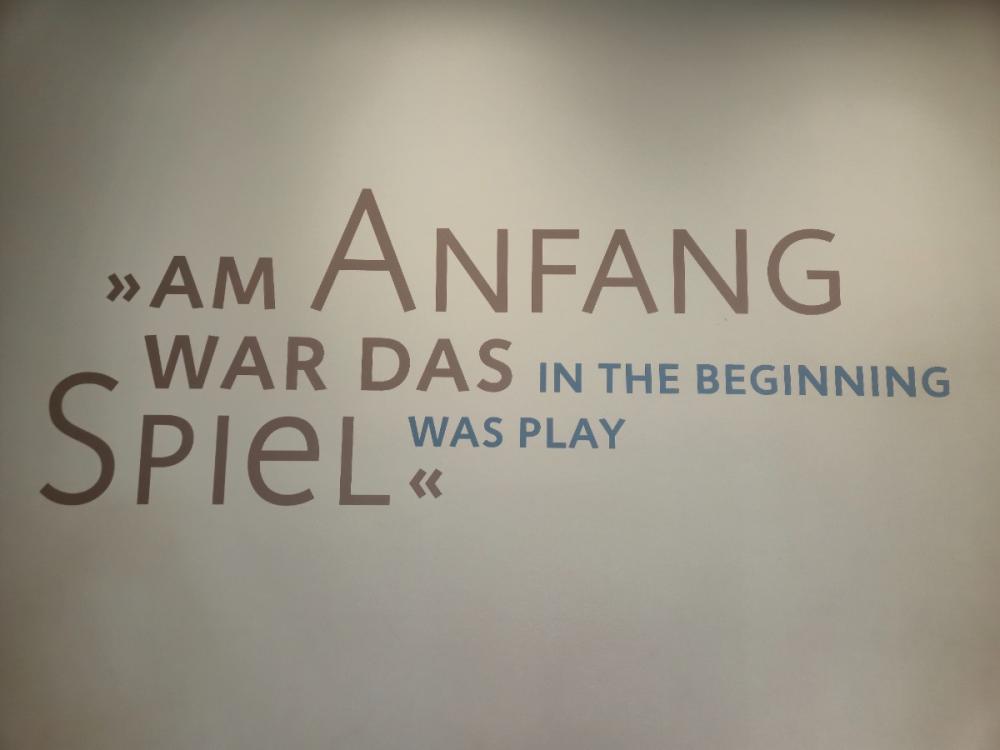
A Building with Stories to Tell
The museum's home is itself quite a story. Lucky enough to survive the Second World War when so many neighbouring buildings didn't, this structure has been standing since the Middle Ages, though it got a rather splendid makeover in 1610 with the addition of its stunning Renaissance façade.
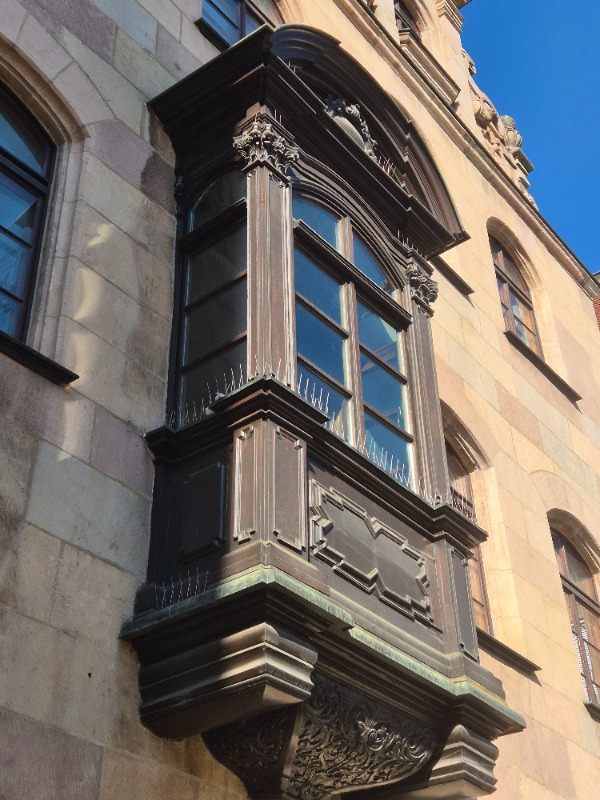
Fast forward to the 19th century, and the ground floor had become decidedly commercial, with shop windows where you'll see large windows today. Even better, towards the end of that century, the building housed a toy shop called Schröger & Scheckenbach—talk about destiny!
When the city decided in 1966 to create the Toy Museum here, they faced an intriguing challenge. The neighbouring building had been destroyed, so whilst the gorgeous Renaissance façade stayed put, everything behind it was rebuilt from scratch. This meant lovely big spaces perfect for exhibitions, plus all the mod cons like electricity. The builders weren't completely ruthless, though – they saved and reinstalled some beautiful bits from the original interior, including exquisite Rococo stucco work and carved doors that you'll spot as you explore.
Out front, keeping watch over all the excitement, is the delightfully whimsical Gockelreiter fountain – the 'rooster rider'. Created by artist Michael Mathias Prechtl and installed in 1971 for the museum's grand opening, this ceramic cockerel is the perfect playful welcome to what awaits inside.
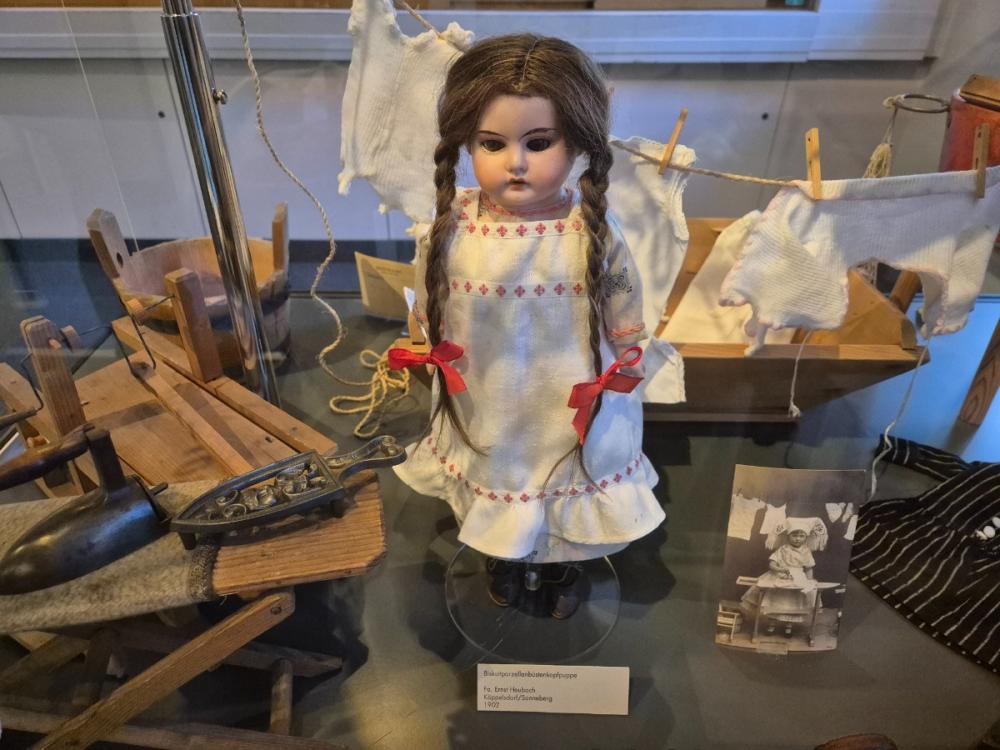
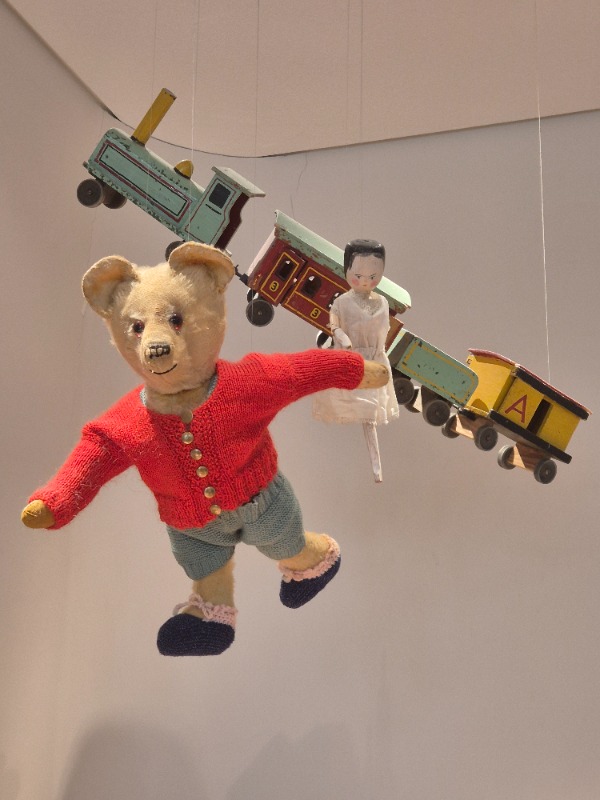
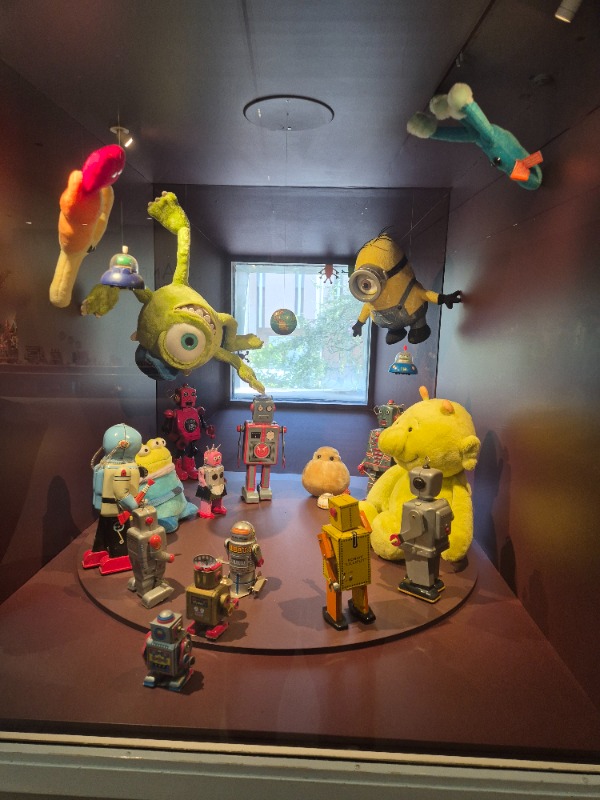
Two Extraordinary Women and Their Passion for Play
Every great collection needs passionate collectors, and this museum hit the jackpot with not one but two remarkable women named Lydia Bayer.
It all began in the 1920s when Lydia Bayer senior (1897–1961) and her husband Paul started collecting toys. Not just a few here and there – they built what would become one of Europe's most impressive toy collections.
Their daughter, Dr Lydia Bayer Junior (1919-2000), inherited more than just the toys; she inherited the passion too. After studying art history, she opened a private toy museum in Würzburg in 1962. Four years later, she brought the entire collection to Nuremberg, where it found its forever home.
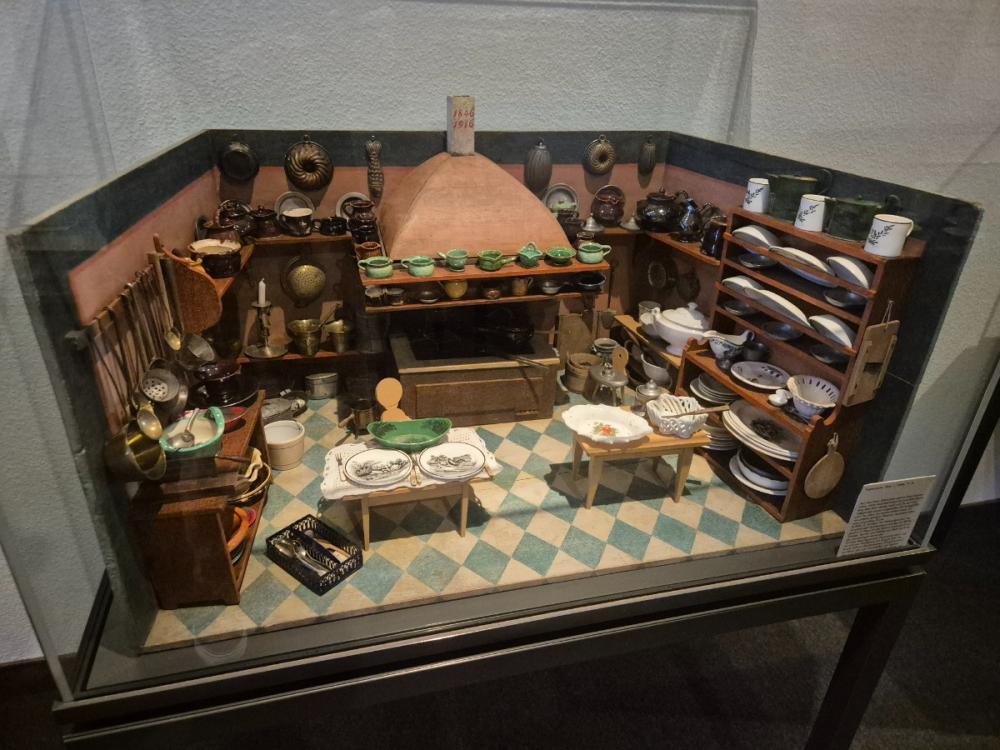
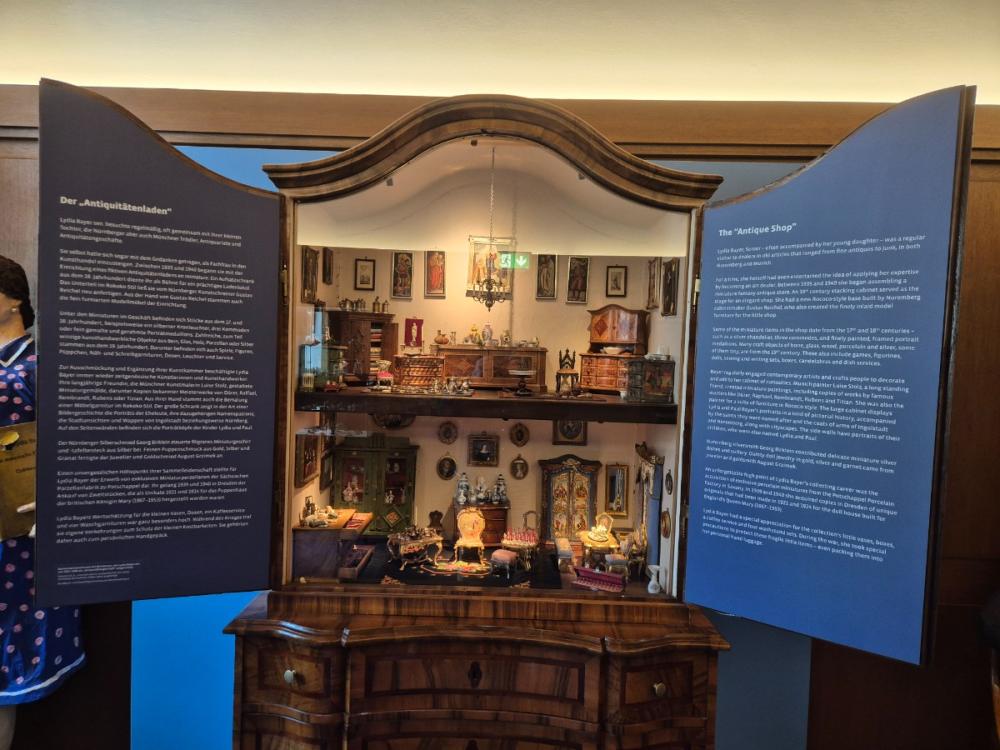
You might wonder why the city was so keen to establish this museum in 1966. Well, Nuremberg and toys go together like, well, children and playtime!
From the 14th century onwards, Nuremberg has been a hub for the professional manufacture of toys. Nuremberg has produced a wide variety of playthings, including clay dolls and wooden dolls. You can even see the Kruseler dolls, discovered during road works and giving us a window into how mediaeval children played. Imagine finding them while digging up a street!
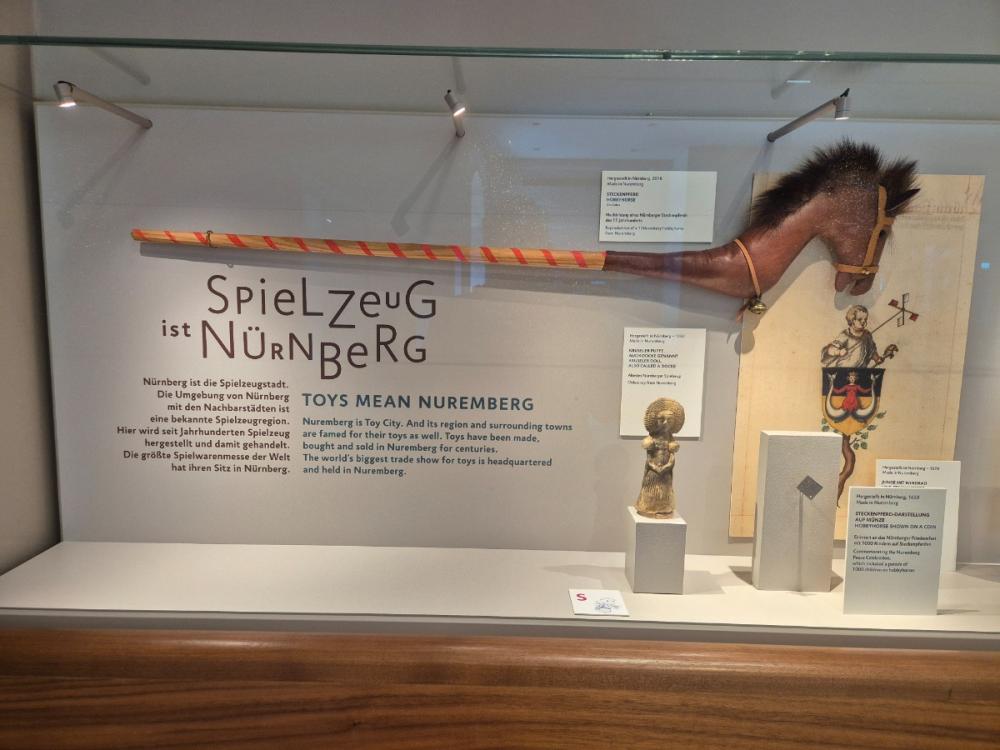
There's a wonderful old German saying that sums it up perfectly: 'Nürnberger Tand geht durch alle Land'—which roughly translates as 'Nuremberg trinkets go around the world.' And they really did! Nuremberg's enterprising merchants didn't just sell locally; they shipped toys to every corner of the globe, making the city the undisputed toy capital of Europe.
That legacy lives on today. Since 1950, Nuremberg has hosted the world's largest toy fair every single year. The museum team loves keeping up with all the latest trends and innovations – centuries of toy tradition meeting cutting-edge play!
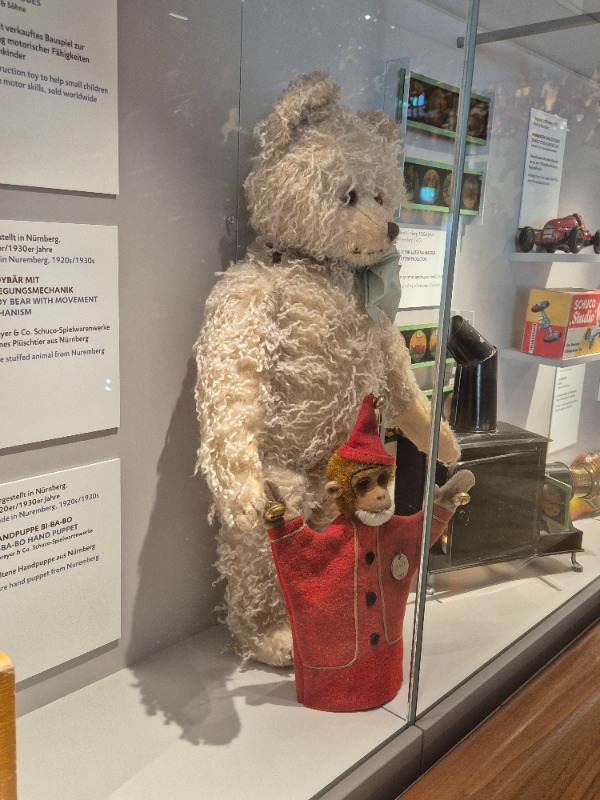
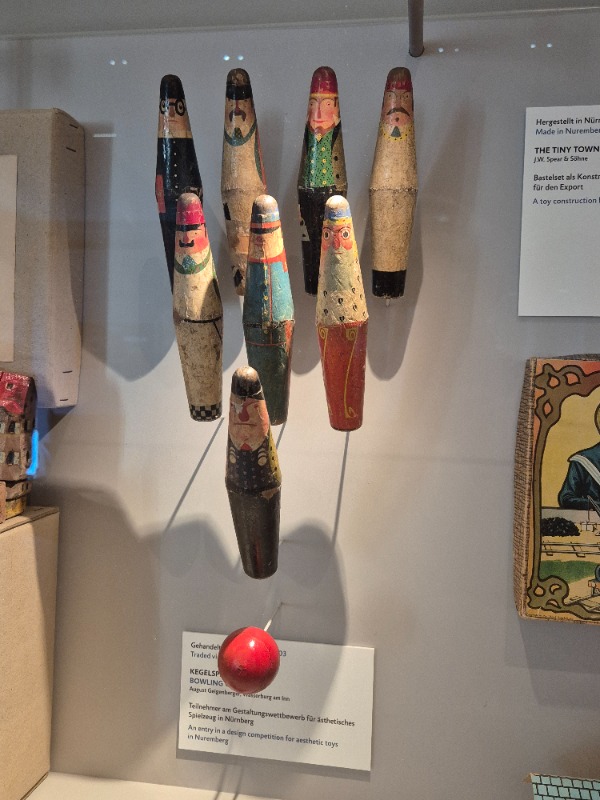
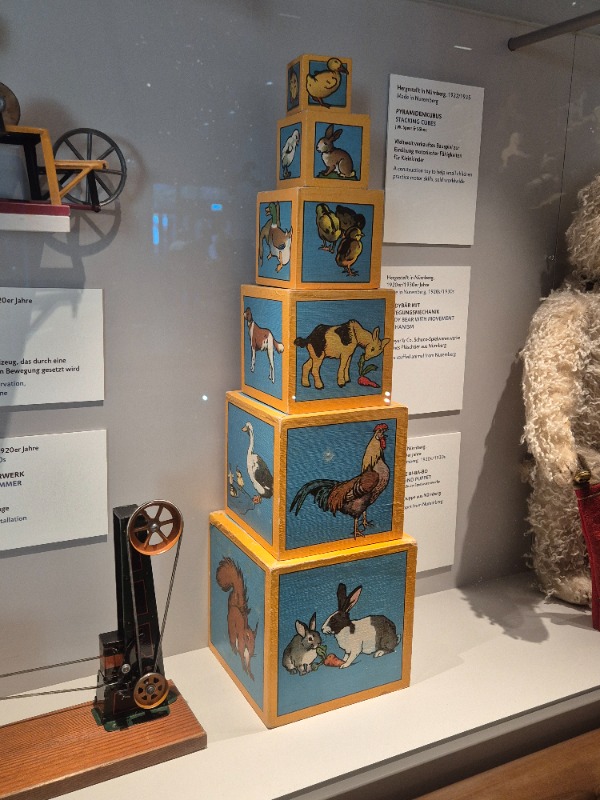
A Museum That Comes Alive
Now here's what really makes this museum special. Under the enthusiastic guidance of research assistant Christiane Reuter, M.A., the museum absolutely comes alive with tales, anecdotes, and fascinating historical context. As you climb from floor to floor, it's discovery after discovery – brilliant snippets of information that connect the toys to the children who once played with them, the craftspeople who lovingly made them, and the merchants who carried them across continents.
And here's the best bit: the museum knows that toys aren't meant to just sit behind glass looking pretty. At the very top of the building, there's a special space where children can unleash their imaginations and actually play! It's a wonderful bridge between all those historical treasures below and the timeless joy of childhood that continues today. This isn't a 'look but don't touch' experience – it's interactive, engaging, and brings the magic of toys full circle.
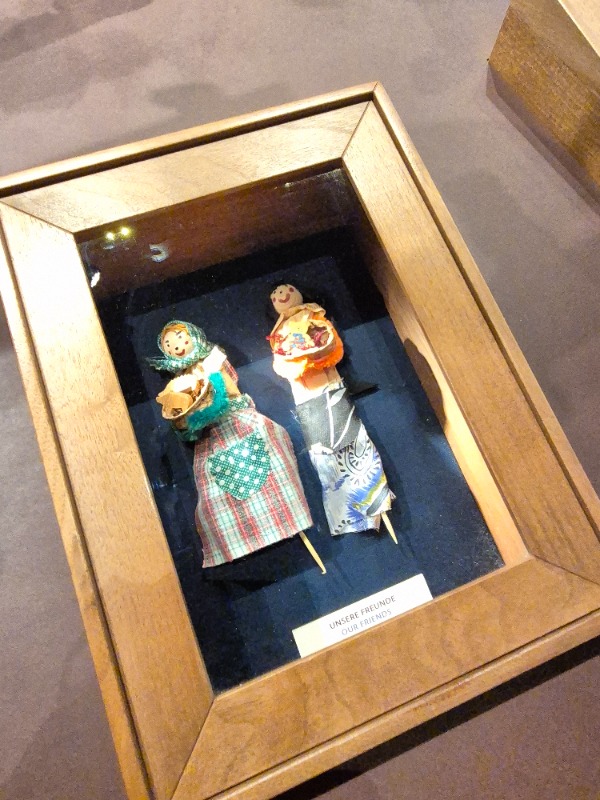
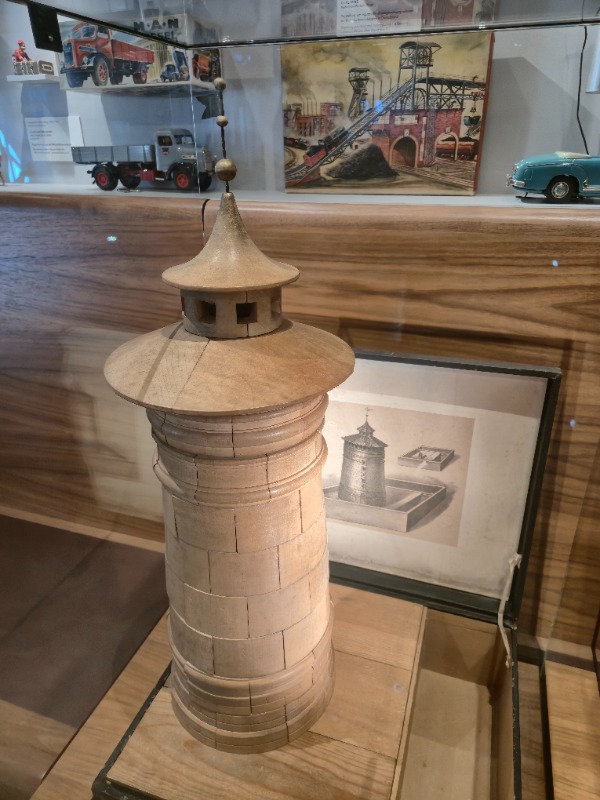
More Than Just a Museum
The Nuremberg Toy Museum isn't just a collection of old playthings gathering dust. It's a celebration of imagination, a tribute to craftsmanship, and a reminder of the enduring magic of childhood that connects us all. Within its historic walls, generations of toys await discovery, each one telling its story and reminding us why Nuremberg has been synonymous with the joy of play for centuries.
Stepping into this world, where every teddy bear, doll, train set, and wooden toy has a tale to tell, is utterly enchanting, regardless of your age. It's history, yes, but it's also pure, timeless fun.
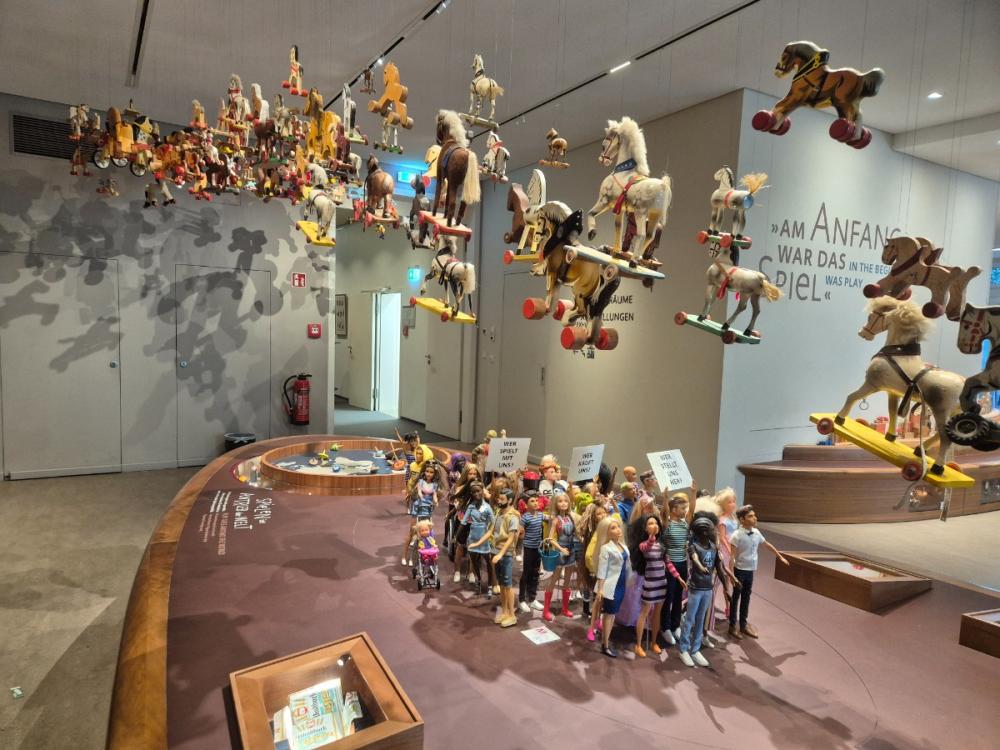
Karlstraße 13-15
90403 Nuremberg
Cash desk and information
Tel. +49 (0)911 231 - 31 64
Formore information click here
The Nuremberg Christkindlesmarkt, one of the oldest, runs from Nov 28 to Dec 24, 2025, 10 am to 9 pm daily.
Also by Andrew Palmer...
Fine Dining - Etz: A Metamorphosis In The MakingClassical Music: I Have Lived And Loved Vaughan Williams And FriendsClassical Music: Ralph Vaughan Williams MantegnaClassical Music: Bliss: Miracle in the Gorbals; Metamorphic Variations Playing To Win: How One Hotel Manager Transformed A Nuremberg Property Into The City's Most Enchanting Stay